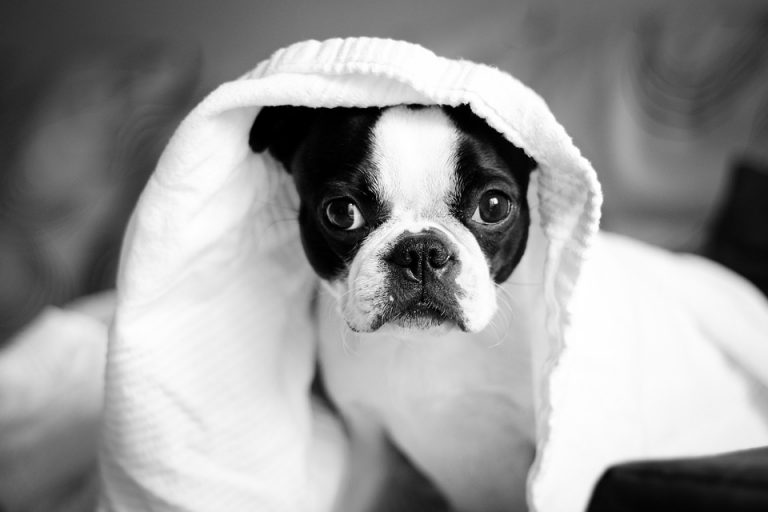Just like you and me, dogs and cats frequently develop nasal problems. They get infections. They sniff up foreign particles. They develop nasal tumors. To make definitive diagnoses for many of these patients, a minimally invasive procedure called rhinoscopy is needed. This week I share some tidbits about this interventional procedure and hope you find it helpful. Happy reading!
Rhinoscopy – What is it?
Rhinoscopy is a minimally invasive procedure to view the inside of nasal passages. In some patients, veterinarians can manipulate the instrumentation to view the inside of the frontal sinuses – this is called sinusoscopy. A rhinoscope is a specialized piece of diagnostic imaging equipment. Use of this imaging modality requires extensive training and experience to perform safely. Family veterinarians often refer pet parents to a board-certified veterinary internal medicine specialist who has completed the necessary training and who has the necessary experience to perform this procedure properly.
Rhinoscopes are available as both flexible and rigid instruments. Each type is often needed to perform complete rhinoscopic examinations in most patients. The scoping equipment is available in multiple sizes to accommodate both small and large dogs and cats. A flexible or rigid rhinoscopy is inserted into each nostril to view in the inside of the nasal passages. A flexible rhinoscope is also inserted into the mouth and retroflexed (bent back on itself) to look for lesions above the soft palate in an anatomic region called the nasopharynx (pronounced naze-o-fare-inks).
Rhinoscopy – When is it indicated?
A veterinarian may recommend rhinoscopy for several reasons, including:
- Confirmed or suspect foreign object in the nasal passage(s)
- Chronic nasal discharge (bilateral or unilateral)
- Persistent, uncontrolled sneezing
- Concern for nasal tumors
- Loud nasal noises (called stertor)
- Unexplained recurrent nasal bleeding (called epistaxis)
- Unexplained nasal pain
- Chronic reverse sneezing
- Suspicion for a fungal infection called aspergillosis
Pet parents will likely find it helpful to partner with a board-certified veterinary internal medicine to review their pet’s medical history, as well as to ensure rhinoscopy is indicated and ultimately performed thoroughly.
Rhinoscopy – How is it performed?
Rhinoscopy is performed with patients under general anesthesia. Therefore, in general, patients should be fasted for approximately twelve hours prior to the procedure; they may continue to drink water ad libitum. Pet parents should speak with the veterinary rhinoscopist to determine the recommended pre-procedure preparation for their fur baby. Veterinarians will recommend some non-invasive blood and urine tests to ensure major organ systems are functioning properly and to assess patient’s ability to form a proper blood clot.
Immediately prior to the scoping procedure, computed tomography (CT scan) is often performed under general anesthesia. This type of imaging procedure helps to localize a pet’s problem in the nasal passages and front sinuses. The CT images help guide the subsequent rhinoscopic examination. Radiographs | x-rays of the nasal passages and frontal sinuses rarely yield diagnostically useful information, and thus are rarely indicated or recommended.
The rhinoscope is gently inserted into each nasal passage. Sterile saline is continuously infused through the instrument to ensure adequate visibility and flush away any obstructing debris. The camera provides magnified views, and thus doctors can easily see even subtle lesions. Veterinarians can obtain biopsies of nasal tissue using special channels in the rhinoscope. Just like you and me, the nasal cavities of dogs and cats have a tremendous blood supply. Therefore, it’s entirely normal for patients to bleed from their nostrils after rhinoscopy and nasal biopsies. Each day post-procedure should bring improvement in the degree of hemorrhagic nasal discharge with complete resolution within two weeks. Rhinoscopy is typically an out-patient procedure.
Below is a video of a rhinoscopist removing a foreign object from the nasal passage of a dog:
Below is a video showing rhinoscopy of a nasal with sinonasal aspergillosis, a serious fungal infection.
Here is a video of rhinoscopy being performed in a cat with cryptococcosis:
The take-away message about rhinoscopy in dogs & cats…
Rhinoscopy is a minimally invasive modality for viewing the inside of the nasal passages. When performed by a properly training and experienced veterinarian, the information gained from the procedure can be help your pet’s medical team formulate an effective treatment plan to help you fur baby lead a high quality of life.
To find a board-certified veterinary internal medicine specialist, please visit the American College of Veterinary Internal Medicine.
Wishing you wet-nosed kisses,
cgb



